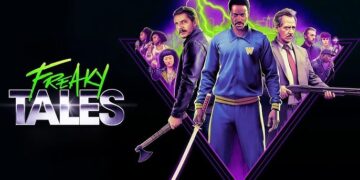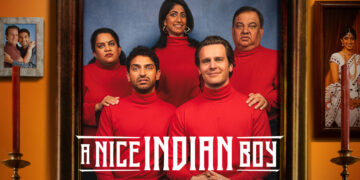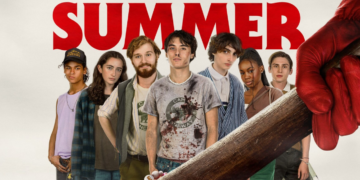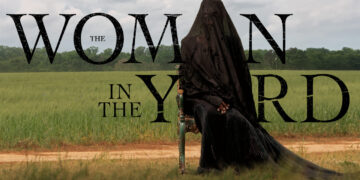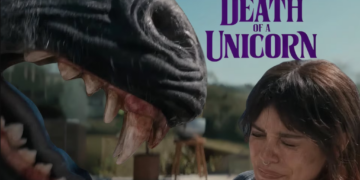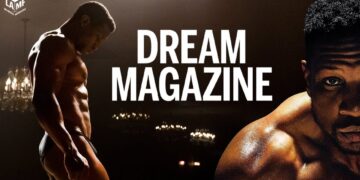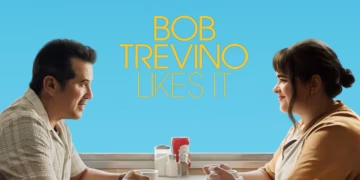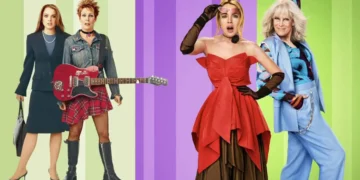Oakland—the heart of the Bay, the funkiest and freakiest of them all emerges as a pulsing stage where defiant artistry meets unapologetic narrative in “Freaky Tales.” Here, amidst a gritty collage of peaceable punks, vicious skinheads, ambitious rappers, and racist police, an enigmatic green supernatural presence hovers like a whispered secret. In this nostalgic homage to the audacious spirit of the 1980s, directors and writers Ryan Fleck and Anna Boden craft an experience that is as much a poetic reverie as it is a visceral cinematic assault.
Executive produced by hip-hop pioneer Too $hort and bolstered by an all-star ensemble featuring Pedro Pascal, Ben Mendelsohn, Jay Ellis, Normani, Dominique Thorne, Jack Champion, Ji-young Yoo, Angus Cloud, and Tom Hanks, the film radiates with a fusion of explosive action, incisive humor, graphic violence, and cunning narrative twists.
Set in the electrifying year of 1987 in Oakland, a time when the music roared with untamed vigor and the culture sparkled with raw vitality, there’s an ineffable alchemy at work, a “bright green glow.” This green glow infused everything with a mystical allure. Rooted in Ryan Fleck’s own memories of growing up in Oakland during the vibrant 1980s, the film serves as an ode to the city’s eclectic spirit. It is a heartfelt tribute to the punk scene, the iconic Golden State Warriors’ triumph over the Lakers, and the pulsating rhythms of hip-hop pioneer Too $hort’s track “Freaky Tales.” Adding an extra layer of authenticity and charisma, Too $hort not only lends his signature sound to the film but also appears in a cameo, playing a cop, and anchoring the narrative in the cultural zeitgeist of the era.
Blending an audacious medley of genres from high-octane action and irreverent comedy to spine-tingling horror and kinetic martial arts, the film unfolds across four loosely interconnected chapters. This anthropological tapestry flows seamlessly from one story to the next. Notably, the journey is punctuated by bursts of animated sequences and graphic-novel inspired gore that lend a familiar, yet artfully extravagant, gimmickry to the experience
Chapter 1: “Strength in Numbers: The Gilman Strikes Back”
In this opening chapter, youthful punk enthusiasts, Tina (Ji-young Yoo) and Lucid (Jack Champion) are swept up in both romance and rebellion as they plot to counteract violent oppression with their own defiant fervor against racist neo-Nazi skinheads. A wildly animated, almost cartoonish brawl infuses the scene with a frenetic energy, highlighted by Tina’s spiked bracelet casting a mysterious, magical green light that seems to channel a hidden power.

Chapter 2: “Don’t Fight the Feeling”
The narrative cleverly circles back to the moment introduced in Chapter 1, showcasing the film’s knack for playful yet incisive storytelling. As the characters confront their racist adversaries, they boldly declare, “Black Panthers to skinhead Nazis running around Oakland.” The dynamic duo Danger Zone, Barbie (Normani) and Entice (Dominique Thorne) engage in a rap battle with Too $hort (DeMario Symba Driver). Initially dampened by the misogynistic edge of Too $hort’s verses, their determination is reignited when a mysterious green light bathes the microphone, empowering them to seize the stage with undeniable flair.
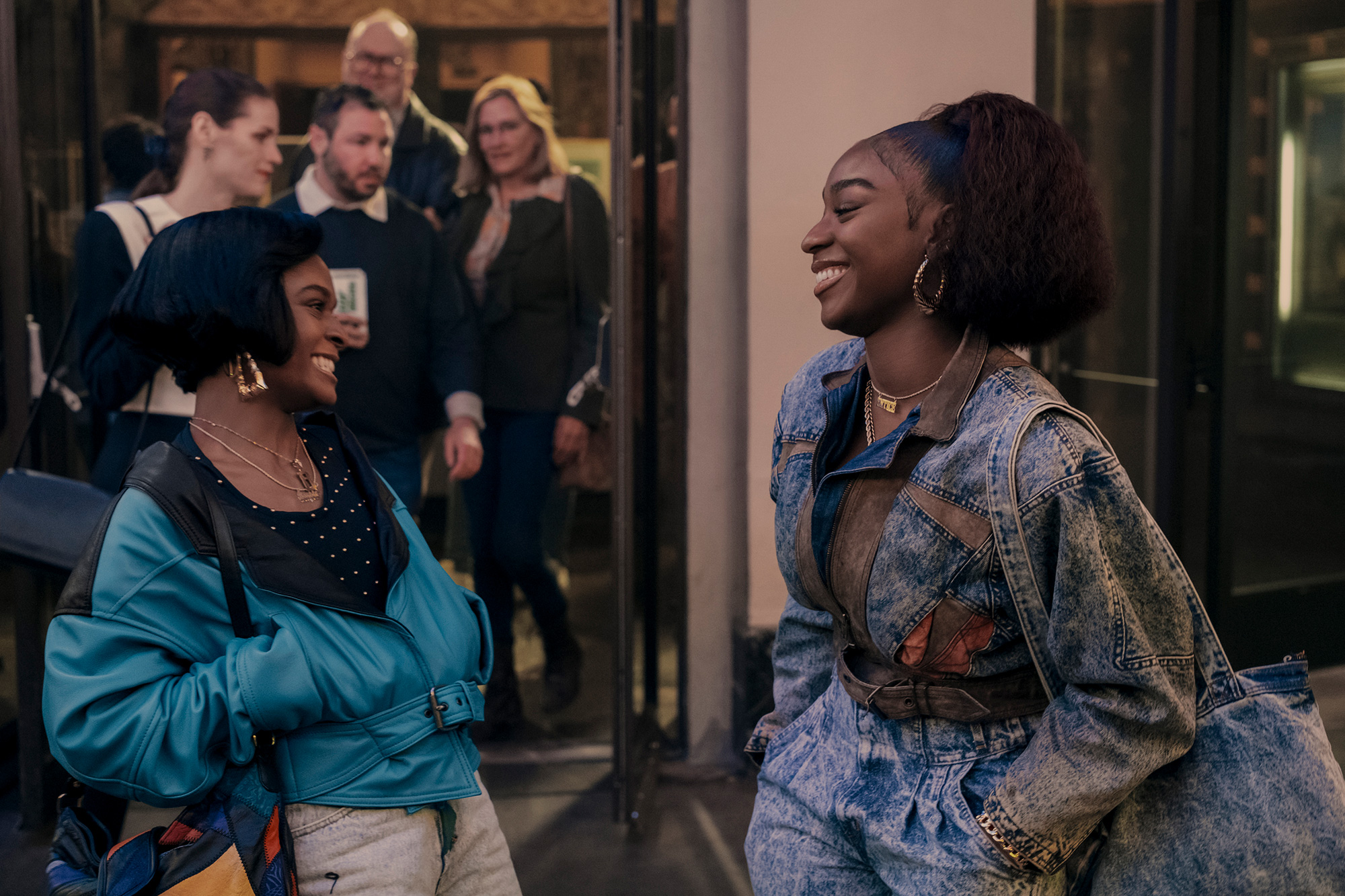
Chapter 3: “Born to Mack”
Clint (Pedro Pascal) is on a quest for redemption, seeking a quieter life with his wife and soon-to-be-born child after years steeped in crime. Yet, the path to normalcy is shattered by tragic twists; Clint finds that the very criminal organization he once served is unwilling to let him slip away, coercing him into one final job tied to an impending basketball game. The sudden resurgence of a figure from his past triggers a familiar glimmer, the same enigmatic green light that has recurred throughout the film, hinting at a destiny that refuses to be ignored.
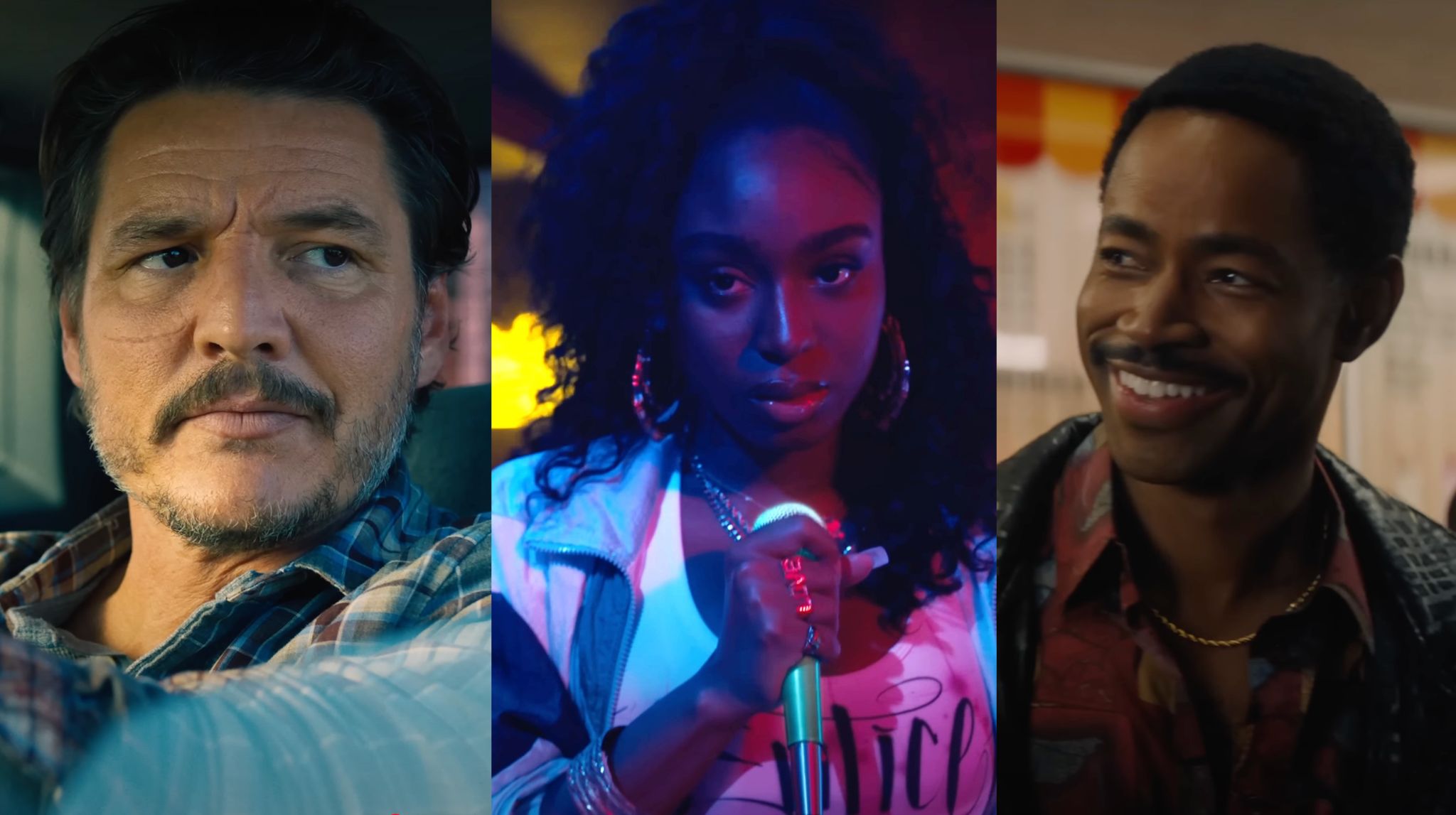
Chapter 4: “The Legend of Sleepy Floyd”
In a dramatic pivot, world-class basketball champion Sleepy Floyd (Jay Ellis) is seen setting record-breaking milestones with the Golden State Warriors, only to have his life derailed when his home is burglarized and his family targeted by a Nazi gang. Amid a surreal scene featuring a meditation class advertisement, Floyd issues a stern warning to his foes. Yet, he is more than just an athlete; beneath the surface, he is revealed as a clandestine samurai capable of channeling his inner essence and even astrally projecting. Beyond his on-court heroics, Floyd establishes ‘Sleepy’s Mind Awake Seminar, Psytopics: Spiritual Learning Center,’ an institute dedicated to teaching students how to harness their inner strength in the pursuit of justice.
Final Convergence
All these strands weave together around the mysterious cosmic green substance that seeps through the city, a force as inexplicable as it is transformative. Some speculate it is an alien gift; others see it as a portent of the end times. Yet, its true significance lies in its power to liberate the mind. At the core of “Freaky Tales” is Psytopics, a meditative practice that transcends the physical and challenges viewers with its simple but profound mantra: “change your life by trusting your mind.” While the idea of mental empowerment has been explored before, the film creatively contends that true liberation arises from within one’s own perspective, rather than from external circumstances. In blending genres and ideas, “Freaky Tales” delivers a vibrant, boundary-pushing journey into the realm of inner freedom and creative expression.

Freaky Tales flows like a mixtape pressed on celluloid, gritty, funky, and full of heart. With a kaleidoscope of characters, a killer soundtrack that bumps and breathes Oakland, and a wildly ambitious four-part structure, it stitches chaos into cohesion. Each chapter adds a new rhythm, a new texture, making the film feel like both a time capsule and a fever dream.
And just like “Sleepy’s Wide Awake Seminar” promises to blow your mind, this film delivers on that same wild experience.



